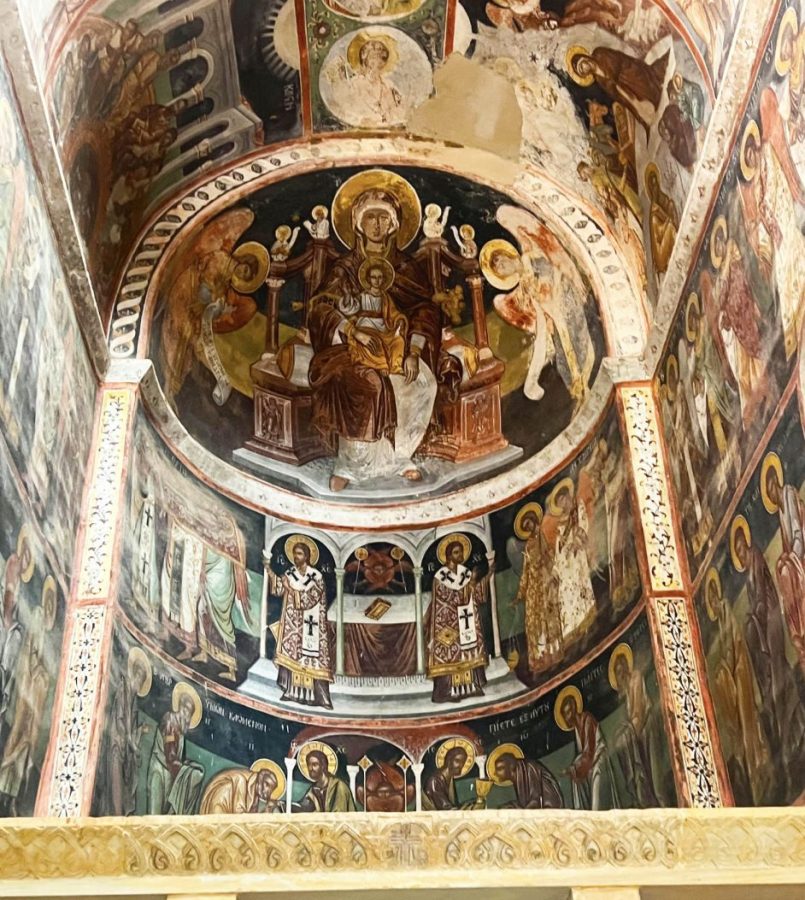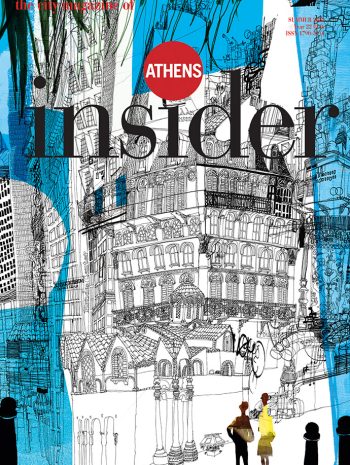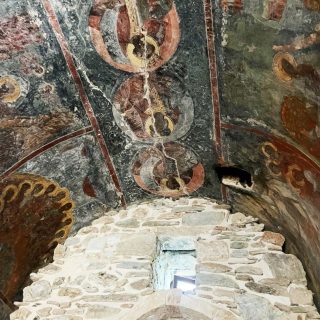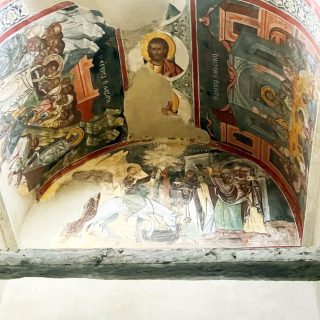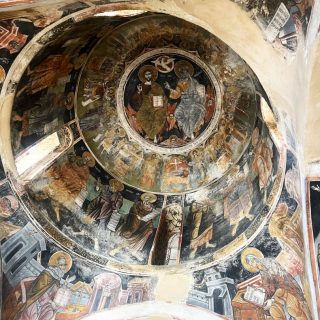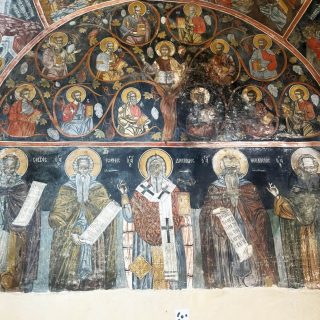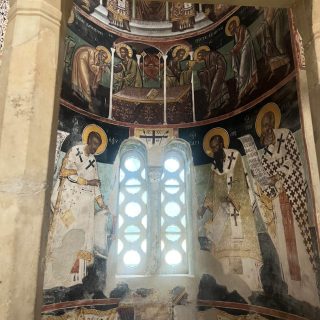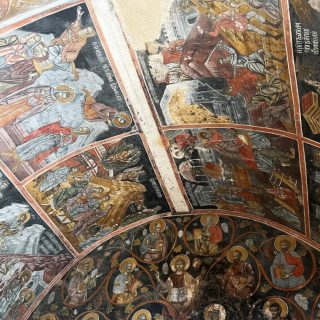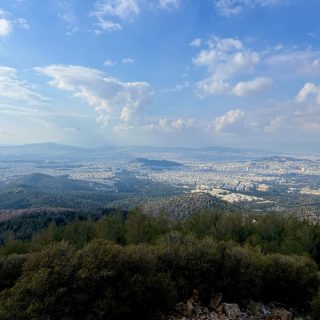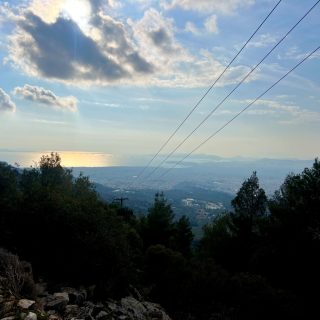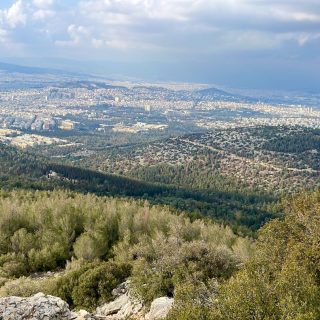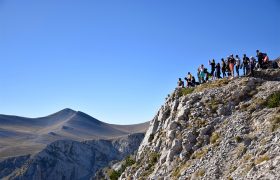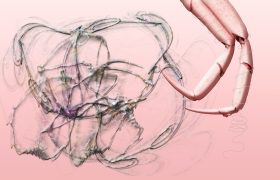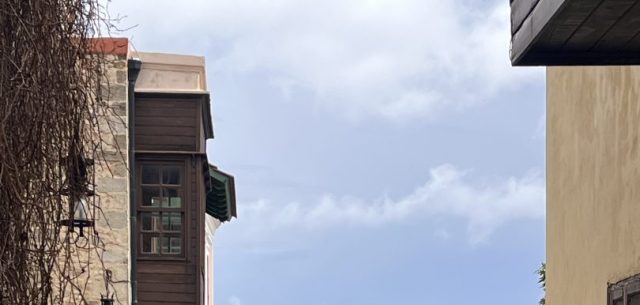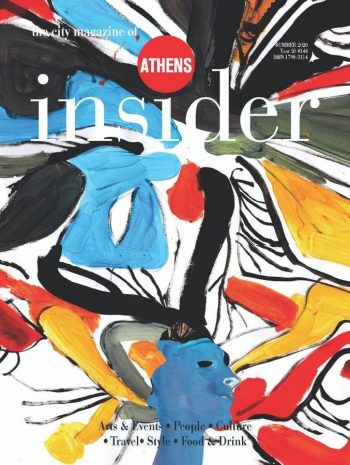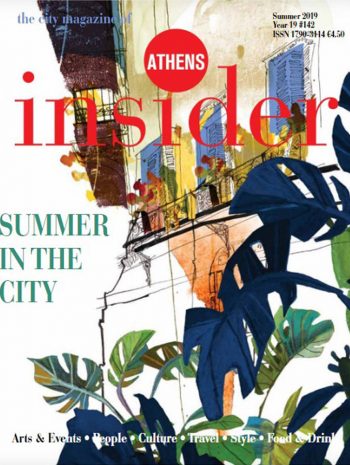Come Take a Breath in Kaisariani
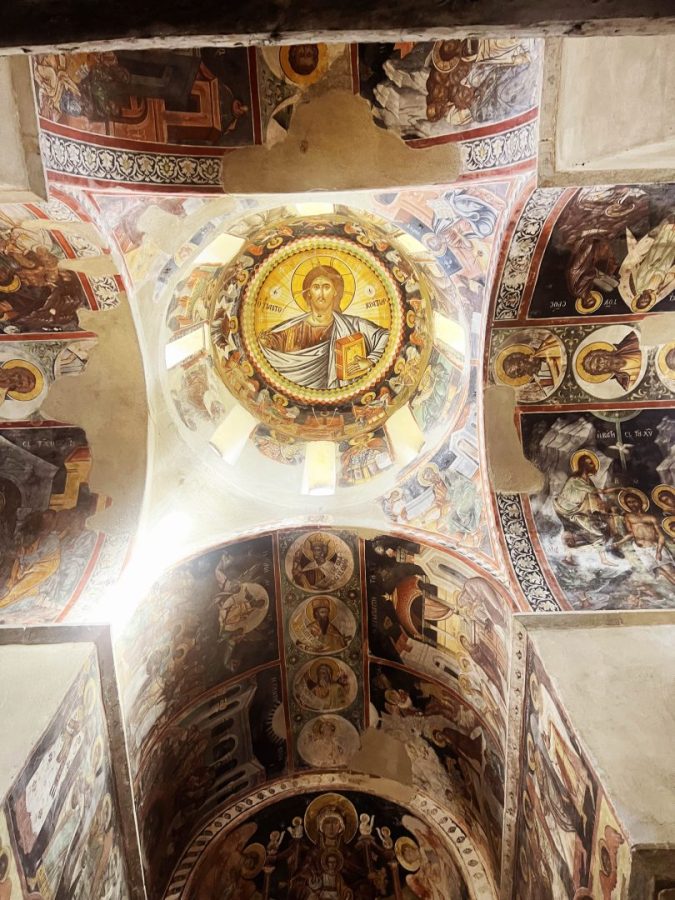
Leave the fast pace of city life, and let yourself take in the beauty of Mount Hymettus and the Kaisariani Monastery. The mountain’s beautiful views and crisp air, and the monastery’s amazing frescoes and historical significance are just what you need to feel calm and renewed, recommends E. Vaughn McPartland Upon entering the area of the monastery, there are no shortage of areas to explore. The monastery’s different buildings were built during different time periods, but the church and bathing areas are the earliest dated ones, built within the middle-Byzantine period, and the narthex (or church entrance) and the chapel next to it were added later, during the period of Turkish rule. The central church is an 11th (or 12th) century domed basilica, a common Byzantine architecture style. There is both a wide, short domed structure, and a taller, more narrow domed structure with a cross on its roof. Next to the domes, we see a clock tower which also has a cross on its roof, and is decorated with columns. Inside the church, there are stunning frescoes dating back to the 17th and 18th centuries decorating the walls. When looking up at the ceiling, it is hard to miss the vibrant, well maintained Christ the Pantocrator icon in the church’s central dome. The icon type Christ the Pantocrator represents Jesus as a powerful and upright ruler. Jesus has long hair and a full beard, characteristic of this style of icon, as well as a halo, demonstrating His divinity. Both the Gospel book He holds and the His hand gesture reveal His status as not only a ruler, but a teacher as well. As you look up at this image, it is hard not to feel like you and Jesus are locking eyes. The church’s apse displays a fresco of Mary and baby Jesus. Mary appears to be sitting on a throne, and because two angels stand next to her, this is most likely a depiction of her within Heaven. His hand gesture appears to be the same as the one within the Pantocrator icon and He appears closer to a small, young adult with a large forehead, a common characteristic of Byzantine-style iconography of the infant Christ. These features all suggest the eternal wisdom of Christ, even in this infant form. Mary looks both loving and stern, and her central position on the apse suggests her importance within this Church. While the central church boasts the greatest amount of frescos, other parts of the monastery, including the small chapel dedicated to St. Anthony next to the central church, are also home to frescoes, which, though generally less well-maintained than those in the central church, are nevertheless intricate and beautiful. While walking through the monastery, we step into the living quarters of the monks, and frescoes, like one showing a table setting with flowers, a glass of water, and food, give insight into their daily lives. In the Byzantine-era baths, we find a painting, alongside what appears to be a washing basin. Though baths are usually more closely identified with paganism than Christianity, these baths show that communal baths existed within a variety of religions. Since baths are, at least in the modern day, associated with luxury, many would not associate them with monastic life, but as this monastery shows, baths were actually a central part of monks’ life within the Kaisariani Monastery. As we leave the monastery, we begin walking up Mount Hymettus, which, though very steep at some points, is amazingly lush and beautiful. The grass looks especially green, and it feels calm and quiet, a stark departure from the city close by. I come upon a lovely plant, a euphorbia shrub, green with little bunches of bright yellow flowers, and every time I feel myself getting worn out, I am convinced to keep going not only by my friends alongside me, but by the promise of the view at the top of the mountain, and this view does not disappoint. It feels like you can see the whole city from the mountain’s peak, and the cotton ball clouds decorating a perfectly blue sky feel like a piece of Heaven on Earth. As the sun begins to retreat, the clouds start getting darker and the blue sky gives way to pale orange-yellow light, a sign to begin heading down. Though the monastery and mountain can be enjoyed separately, they compliment each other perfectly. Set aside the afternoon, take the trip, and enjoy all this area has to offer.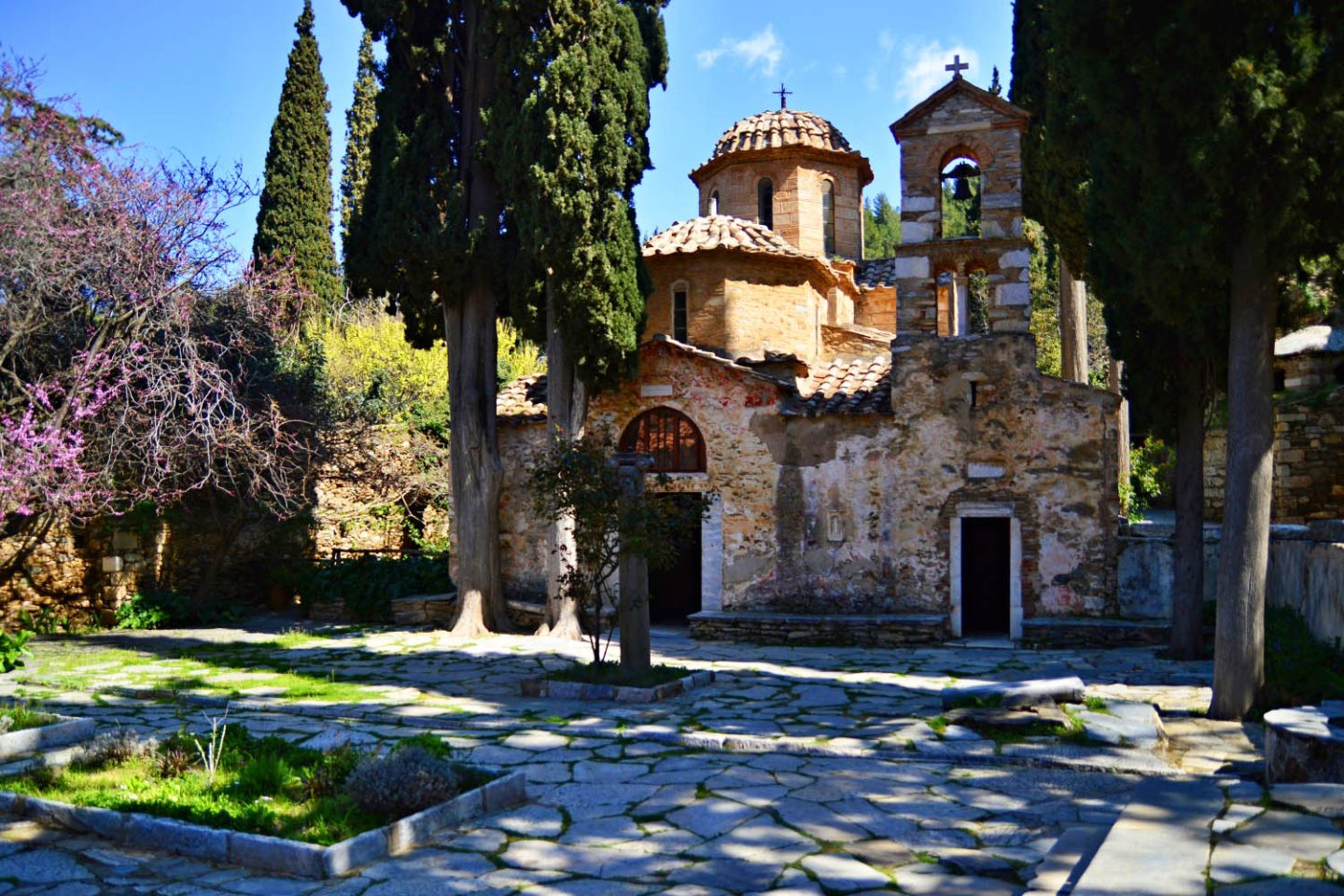 Departing Athens’ city center in a taxi, we find ourselves at the foot of the luscious Mount Hymettus, home to the captivating, historically fascinating Kaisariani Monastery.
Departing Athens’ city center in a taxi, we find ourselves at the foot of the luscious Mount Hymettus, home to the captivating, historically fascinating Kaisariani Monastery.
